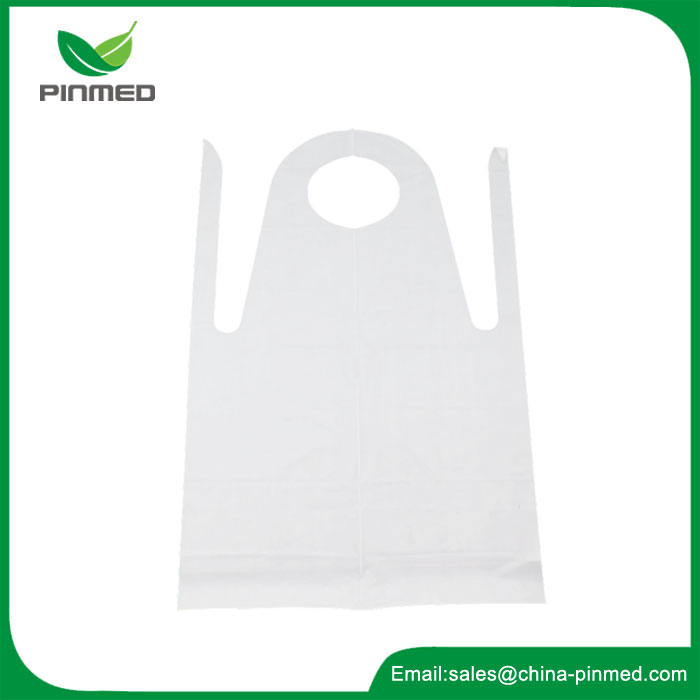Features and considerations for medical protective PE/CPE aprons
2024-03-11
Medical protective aprons made of PE (polyethylene) or CPE (chlorinated polyethylene) are commonly used in healthcare settings to provide a barrier between the healthcare professional and potentially infectious materials. These aprons are designed to protect the wearer from exposure to body fluids, blood, and other contaminants. Here are some key features and considerations for medical protective PE/CPE aprons:
1. Material:
- PE (Polyethylene): Offers a lightweight and economical option. It provides a good barrier against liquids but may be more prone to tearing compared to other materials.
- CPE (Chlorinated Polyethylene): Provides a more durable and tear-resistant option. It offers good fluid resistance and is suitable for longer-duration use.
2. Waterproof and Fluid-Resistant:
- The primary function of these aprons is to be waterproof and resistant to fluids, ensuring that the wearer is protected from splashes, spills, or other potential sources of contamination.
3. Design and Size:
- Aprons come in various designs, including bib-style and waist-length. They should provide adequate coverage to protect the torso and upper legs. Adjustable ties or closures help ensure a secure and comfortable fit.
4. Color:
- Medical aprons are typically available in different colors, often blue or white. The color choice is often a matter of preference or institutional guidelines.
5. Disposable vs. Reusable:
- Many medical aprons are designed for single-use (disposable) to prevent cross-contamination. Some may be labeled as reusable but require proper cleaning and disinfection between uses.
6. Compliance with Standards:
- Ensure that the aprons comply with relevant industry standards and regulations for medical protective equipment. This may include standards set by health authorities or organizations such as the FDA.
7. Resistance to Perforation:
- The apron material should be resistant to perforation, ensuring that it maintains its protective barrier even under stress.
8. Comfort and Breathability:
- While providing a protective barrier, the apron should also be comfortable for the wearer. Consideration may be given to breathability to enhance comfort during extended use.
9. Ease of Donning and Doffing:
- The apron should be easy to put on and take off, facilitating quick and efficient use, especially in emergency situations.
10. Application:
- Medical protective aprons are commonly used in various healthcare settings, including hospitals, clinics, and laboratories. They are suitable for tasks involving potential exposure to bodily fluids, such as patient care, surgery, or laboratory work.
It's essential to follow proper protocols for the use, removal, and disposal of medical protective aprons to maintain a safe and hygienic healthcare environment. Additionally, users should be familiar with institutional guidelines and standards for personal protective equipment (PPE).



